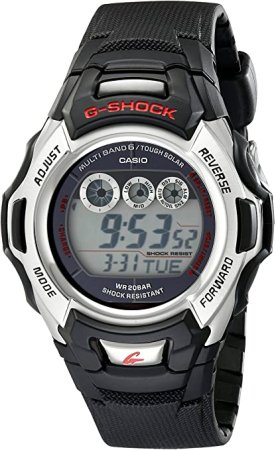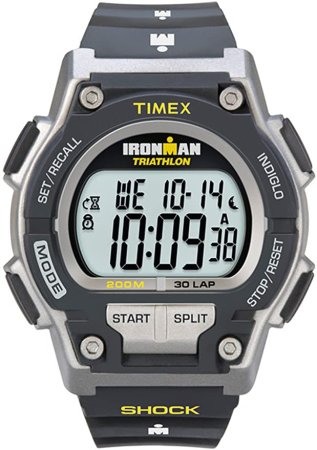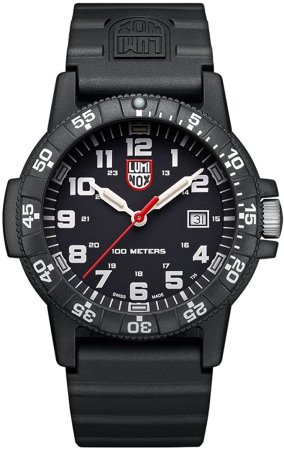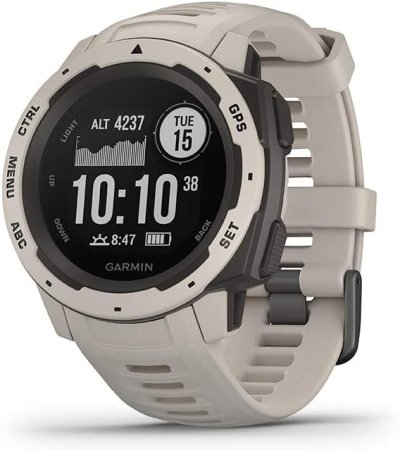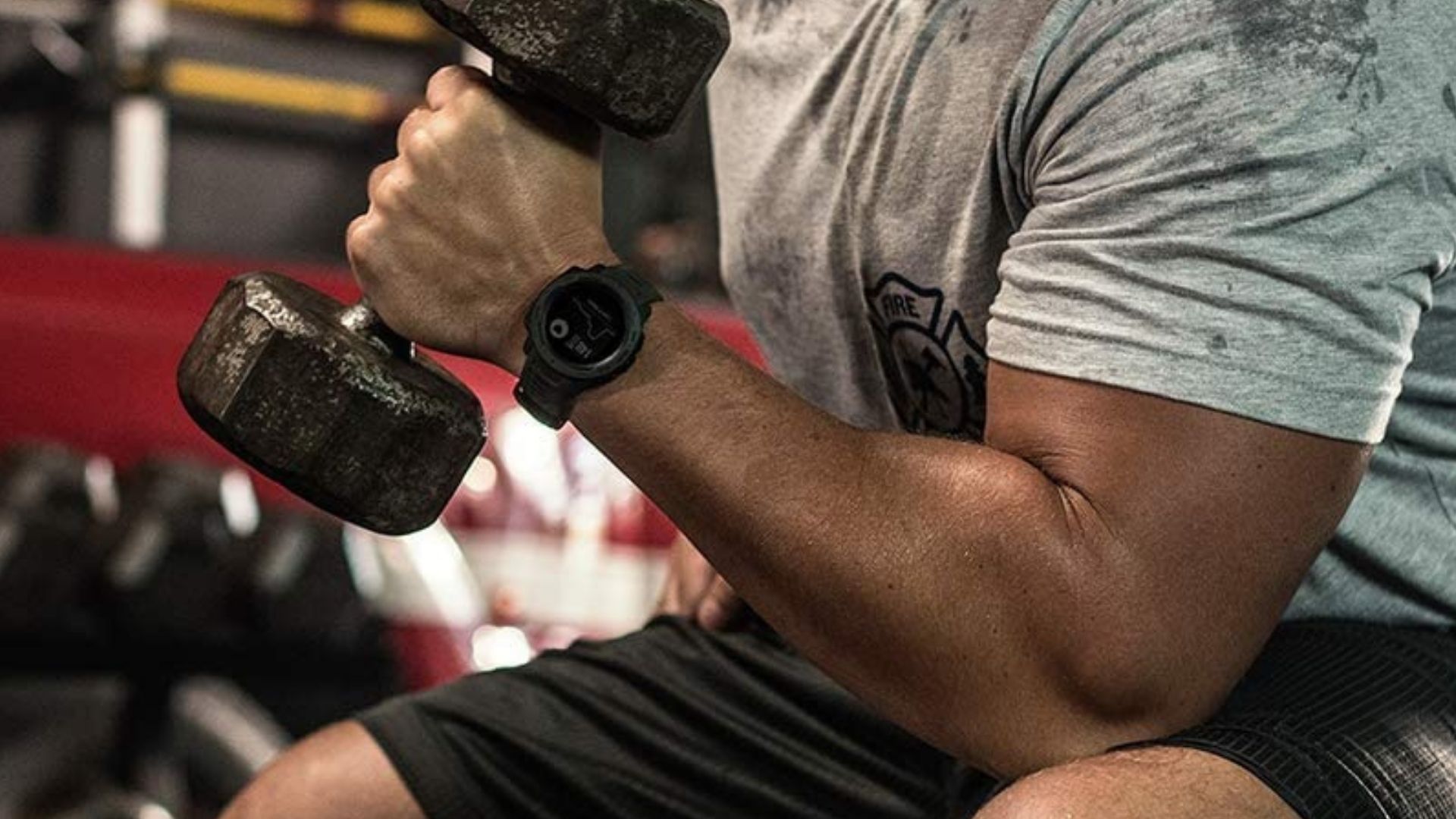

We may earn revenue from the products available on this page and participate in affiliate programs.
Steel. Lumber. Concrete. Brick. Stone. Copper. Glass. Construction sites are replete with tough, durable materials and tools to match, and as a construction worker, you need a durable watch able to match the equipment you use every single day. Impacts and shock are a regular occurrence, generating their own rhythmic beats and sounds. Dust. Dirt. Sand. Wind. Rain. Sleet. Snow. Your office is a tough one, and climate control is something known only to pencil pushers you may never meet. The weather can change instantly, calling on you to trust your tools and gear to shrug off the threats of sun and shade. Telling time is no less important, because your deadlines will be here soon. You don’t compromise on your truck, your tools, or your safety gear. Why should your watch be any different?
Best Overall Construction Watch
Casio G-Shock GWM500A-1
Best Value Construction Watch
Timex Ironman Endure 30 Shock
Best Premium Construction Watch
Casio G-Shock Rangeman GW-9400
Best Analog Construction Watch
Luminox Leatherback Sea Turtle Giant
Best Construction Smartwatch
Garmin Instinct
Related: 7 men’s watches to kickstart any collection
Why should you trust us
Probably my most overlooked hobby is curating reliable EDC and safety gear of one kind or another, and durable watches certainly fall within the category of trusted equipment. I’ve worn a handful of watches over the years, and like with any other category of gear, I am also looking for the next best option on the market that won’t kill my budget. Previously, I have written about the best watches for any situation in addition to covering safety glasses, pocket knives, ear protection, and flashlights.
Different kinds of work watches
Quartz
Most watches destined for life on construction sites will be powered by electricity and keep time by way of a precise quartz movement (i.e., the “engine”). Unlike the mechanical watches found in personal collections and museums, quartz watches for construction workers require little to no maintenance and can take incredible abuse without failing. While many generate power by battery, the best “set ‘em and forget ‘em” watches run off solar power, harnessing the light of the sun and even electrical lights to keep you moving without losing time.
Smartwatch
Everyone knows the age of the smartwatch has arrived, and for some, these timekeeping wonders are the only way to go. Most run off of rechargeable lithium-ion batteries, while some take a queue from the quartz world and tap into that burning ball of fire overhead and the lesser lights of man to power their high-tech capabilities.
Features to look for in work watches
Durability
Easily the most valuable feature for any construction watch is durability. A watch that can’t take a beating and keep on ticking has no place in a world of knocks and bruises. The most durable watches use high-quality cases, crystals, and bands in order to resist water, dust, and shock. The most durable cases and bands rely on steel, resin, and other tough materials to survive the strain, while the crystal protecting your work watch’s face could be inexpensive yet buffable acrylic, tough yet affordable mineral crystal, or incredibly scratch-resistant (and pricey) sapphire.
Display
Using a watch in less-than-ideal conditions means that it must be easy to read in a wide variety of conditions. First, consider whether or not your eyes more easily read a traditional analog setup with ticking hands or a straightforward LCD display with time, day, and date “stamped” in place. Next, consider lighting, and look for a light with practical illumination. Whether your watch relies on photoluminescent (glow-in-the-dark) paint, tritium inserts, or Timex’s famous Indiglo lighting, you can’t go wrong. Finally, consider the size of your watch face. The larger it is, the more legible it will be, but with added size comes added bulk and weight.
Environmental resistance
As a general rule, construction zones lack protection from the elements, so look for a watch that can resist water, dust, and shock. Water resistance is measured in meters or atmospheres. Timepieces with a 100-meter or 10-atmosphere (10ATM or 10BAR) rating can withstand static water pressures down to 100 meters without failing and can handle more than their fair share of precipitation and submersion. While dust resistance is harder to measure, certain watch lines, like the Casio G-Shock series, can handle dust, dirt, and mud with ease. Finally, watch shock resistance is measured by ISO standards in order to guarantee resistance against certain kinds of impacts.
Controls
No matter how few features your watch may have, it will require your personal input at some point, and having a watch with appropriately-sized pushers (buttons) is an important consideration. If you rely on timers, chronographs, and other watch complications (non-timekeeping features), then large pushers are a must, especially if you wear gloves for any significant amount of time.
Do you need a work watch?
While it may be five o’clock somewhere, your boss may not appreciate that fact should you try to head out a bit too early for his liking. To keep track of time, you will need a durable watch that can withstand the rigors of the construction site, because the last thing you need is to pull out your smartphone every time you want to check the time. Unlike less-rugged watches, a construction watch is defined less by its form factor and more by its resistance to abuse (unintentional or otherwise) and the elements. The next time a pre-staged brick should fall out of place and hit your watch, you’ll be doubly glad you invested the cash to snag a tough watch for your daily driver.
Pricing ranges for work watches
Durable watches for construction workers run the gamut in turns of cost and features, but for a truly reliable option that won’t break your budget, be prepared to spend somewhere between $30 and $75 with many options hovering somewhere near the $50 mark. These watches usually feature a plastic, resin, or stainless steel housing (or some combination thereof) and a composite band. They also include alarms, timers, an LCD display, day and date combinations, and 100-meter water resistance. Watches in the $75 to $150 range frequently include many of the same features, although their build materials tend to be a little tougher and bit higher-end, even if the essential materials remain the same. They may add shock and dust resistance as well as a variety of other goodies, such as a barometer or other weather-related sensors, to the list of bonuses. You may even discover a few smartwatches in this category. Top-tier quartz watches and good, tough smartwatches usually cost over $150, although the extra features can provide quite a return on that investment.
How we chose our top picks
When reviewing new gear, we much prefer to go the hands-on route, but sometimes, a lack of resources may thwart our attempts to get our mitts on some cool gear. To make sure we don’t let you down, we take the time to listen to those who have firsthand experience, combing through reviews on Amazon, professional publications, enthusiast blogs, and more to bring you the best intel available. We sift through it all, keep the gold, and toss the rest.
For this buying guide, we especially appreciated the valuable input from Donat Wald, G-Central, GeekWrapped, and Worn and Wound.
